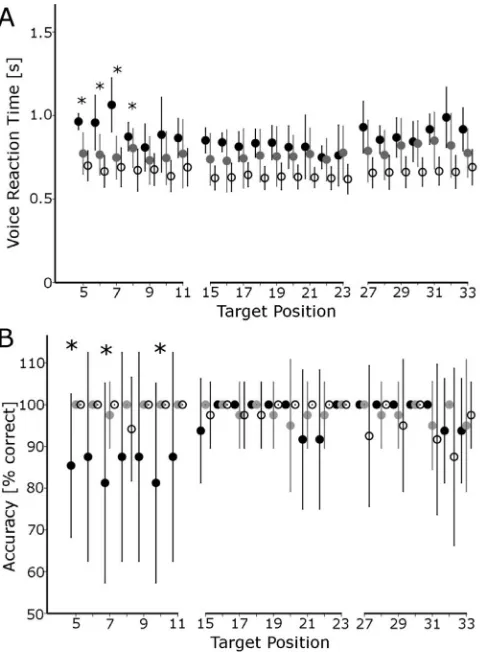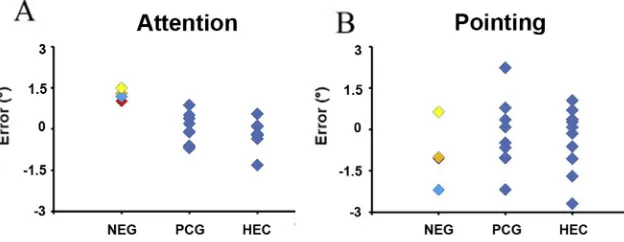Distorted gaze direction input to the attentional priority map in spatial neglect
Full text
Figure




Related documents
Gic2 co‑immunoprecipitates with the exocyst complex Because both Sec3 and Gic proteins bind to Cdc42 via the Cdc42/Rac-interactive binding (CRIB) domain and with PI(4,5)P2 via
After identifying the nuclei in the A ' 80 and A ' 160 regions for which β -decay rates have the greatest effect on weak and main r -process abundance patterns, we apply
Field experiments were conducted at Ebonyi State University Research Farm during 2009 and 2010 farming seasons to evaluate the effect of intercropping maize with
One of these inherited forms is the rare disease CARASIL (Cerebral Autosomal Recessive Arteriopathy with Subcortical Infarcts and Leukoencephalopathy), which is
This paper is the first to quantify income and poverty effects of such high-standards trade and to integrate labor market effects, by using company and household survey data from
The study regress economic growth on total financial structure, which include the following; gross domestic product per capita growth rate (%), total
SUSTAINET EA as a regional Network operating in Eastern Africa endeavours to bridge the information gap on Sustainable Agriculture to reach smallholder farmers through publication
Randomized phase 2B trial of tofacitinib (CP-690,550) in de novo kidney transplant patients: efficacy, renal function and safety at 1 year. Nicolls MR,


